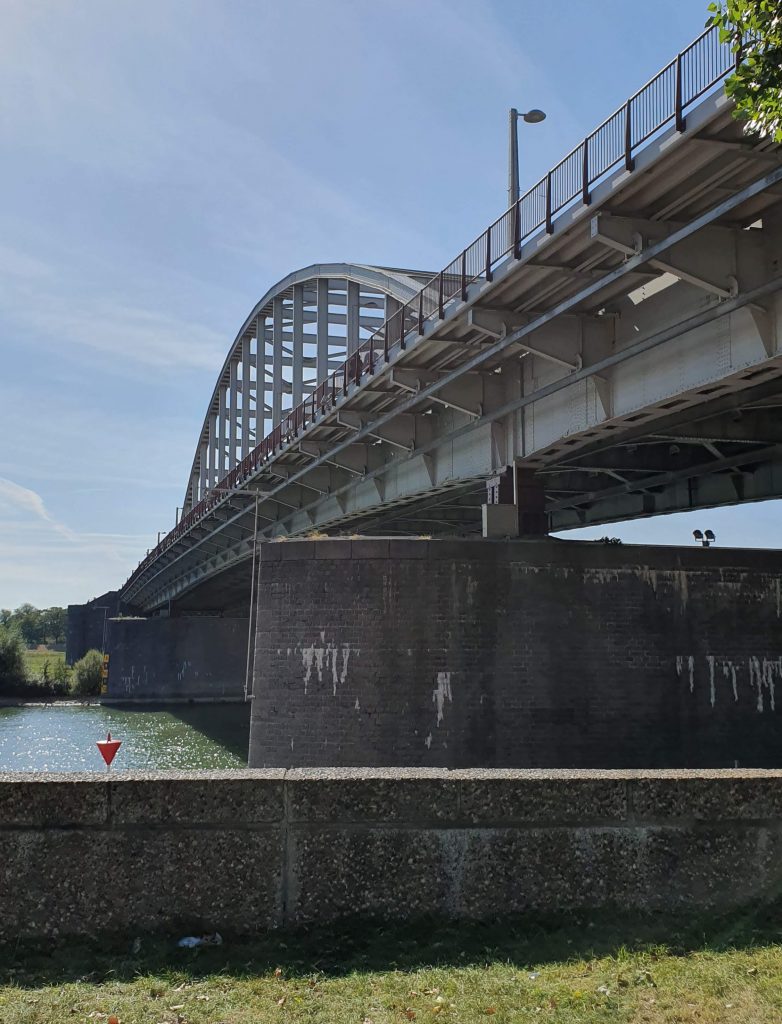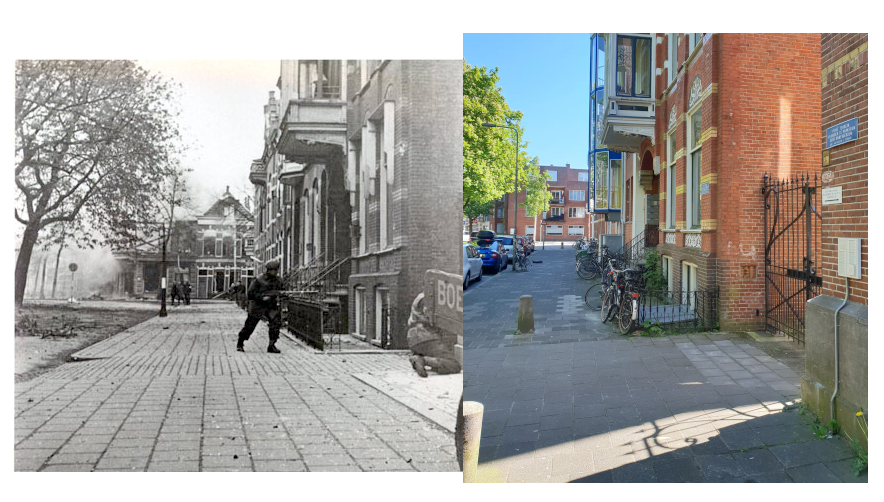Limburg – Leudal
Enjoyed nature this weekend in North Limburg. Some spots on the eye, but I didn’t get around to it in the end. But it does surprise you that there is always an impact somewhere of what happened in World War II. Also in the Leudal, a deserted but beautiful place, there are various visible places with a story.
Located along the road from Rogel to Haelen (near Roermond) is a water mill near a bridge over the Leubeek.
In 1944 the resistance had ammunition stored in the watermill. Eventually this was betrayed to the Germans and the watermill was blown up. At the end of 1944, the Germans withdrew from the southern Netherlands. They were tasked with blowing up what could be of use to the Allies such as bridges, windmills and church towers. This also applies to the bridge at the watermill over the Leubeek. On November 15, 1944, the bridge and with it the water mill were blown up with a heavy load. A ruin remained.
On November 21, 2014, there was a renovation in which the watermill became a small hydroelectric power station.
Read more






